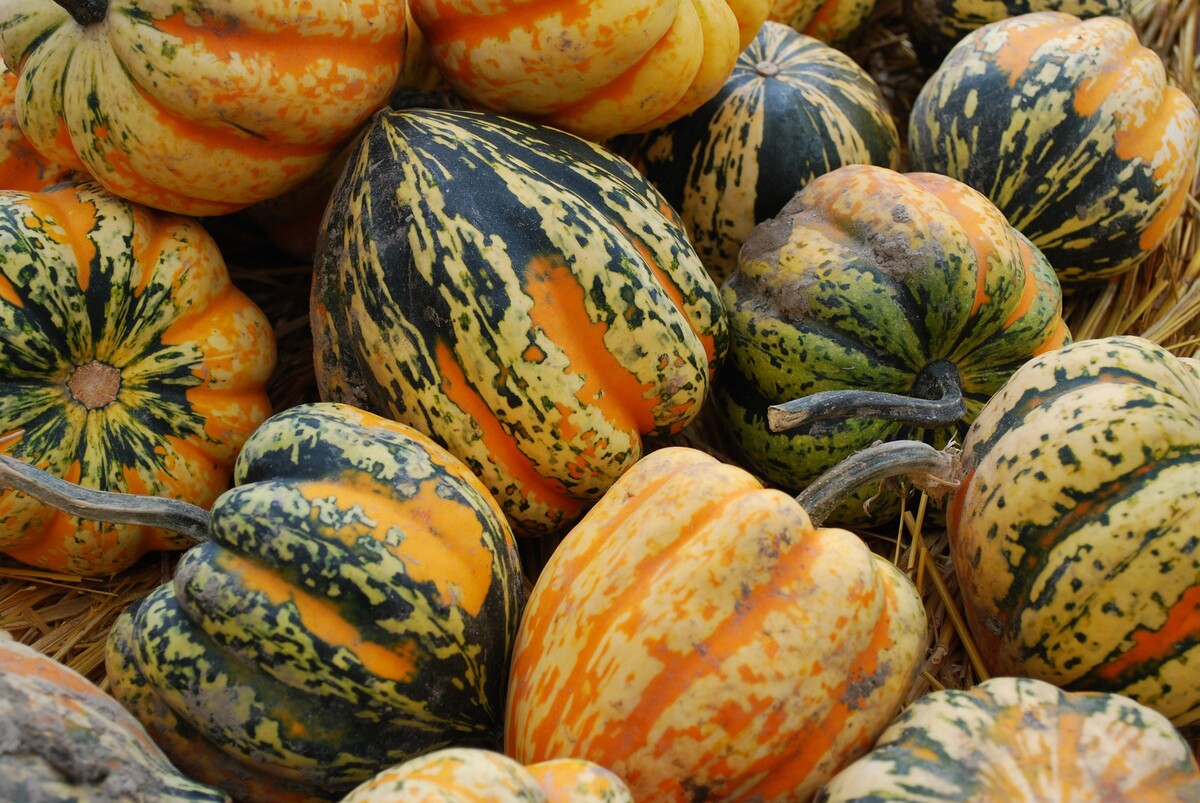

Articles
How To Store Acorn Squash For The Winter
Modified: February 22, 2024
Discover effective techniques for storing acorn squash throughout winter in this informative articles. Learn how to keep your squash fresh and flavorful for months.
(Many of the links in this article redirect to a specific reviewed product. Your purchase of these products through affiliate links helps to generate commission for Storables.com, at no extra cost. Learn more)
Introduction
When the fall season arrives and the harvest is abundant, many people find themselves wondering what to do with all the fresh produce. One versatile and delicious vegetable that often makes its way into our kitchens during this time is acorn squash. With its distinct shape, vibrant color, and sweet, nutty flavor, acorn squash is not only a tasty addition to meals but also a nutritious one.
However, acorn squash is a perishable vegetable, and if not stored properly, it can spoil quickly. So, if you find yourself with an abundance of acorn squash and want to enjoy it throughout the winter months, it’s important to know how to store it correctly. In this article, we will guide you through the various methods of storing acorn squash to ensure its freshness and quality for months to come.
Before we dive into the different storage methods, it’s worth mentioning that selecting the right acorn squash and harvesting it at the optimal time is crucial. Choose acorn squash that feels heavy for its size, has a dull skin, and is free from any soft spots or blemishes. Additionally, harvest your acorn squash when the skin is hard and the color is fully developed, usually in late summer or early fall.
Now that you have your freshly harvested acorn squash ready, let’s explore the different methods of preparing and storing it to enjoy its taste and nutritional benefits long after the harvest season is over.
Key Takeaways:
- Store acorn squash in a cool, dry place or the refrigerator to enjoy its flavor and nutritional benefits for several months. Proper preparation and monitoring are key to successful long-term storage.
- Extend the shelf life of acorn squash by freezing or canning it. These methods allow you to savor the delicious flavors of acorn squash throughout the year, even when it’s no longer in season.
Read more: How To Store Acorn Squash
Choosing and Harvesting Acorn Squash
When it comes to acorn squash, selecting the right ones and harvesting them at the right time is crucial for long-term storage. Here are some guidelines to follow:
- Choose mature squash: Look for acorn squash that feels heavy for its size and has a dull skin. Avoid squash with any soft spots, bruises, or blemishes.
- Check the stem: The stem of the squash should be dry and firmly attached. Avoid squash with green or moist stems, as they may not be fully matured.
- Assess the skin color: The skin of ripe acorn squash is typically a deep green color. Avoid squash with pale or yellowish skin, as they may not be fully matured.
Once you’ve selected the perfect acorn squash, it’s time to harvest them. Here are some tips for harvesting acorn squash:
- Wait until they’re fully mature: Acorn squash is ready to be harvested when the skin is hard and the color is fully developed. This usually occurs in late summer or early fall.
- Use a sharp knife: Cut the squash from the vine, leaving a few inches of stem intact. Avoid twisting or yanking the squash, as it may damage the stem or the squash itself.
- Cure the squash: After harvesting, allow the squash to cure in a warm, dry place with good air circulation for about a week. This helps toughen the skin and extends its shelf life.
By following these guidelines for choosing and harvesting acorn squash, you’ll ensure that you have high-quality squash that can be stored successfully for an extended period.
Preparing Acorn Squash for Storage
Before storing acorn squash, it’s important to properly prepare them to ensure their longevity and preservation. Here are the steps to follow:
- Wash the squash: Start by washing the acorn squash thoroughly with water to remove any dirt or debris.
- Dry the squash: Use a clean towel to dry the squash completely. Moisture can lead to rotting, so it’s important to ensure they are dry before storing.
- Inspect for damage: Check each squash for any signs of damage, such as cuts or bruises. Set aside any damaged squash for immediate use, as they won’t store well.
- Remove any stems: Trim the stems close to the squash using a sharp knife. Leaving a small portion of the stem can encourage rotting, so it’s best to remove them.
- Avoid washing with soap or bleach: While it’s important to clean the squash, avoid using soap or bleach. These chemicals can permeate the skin and affect the taste and quality of the squash.
By following these simple steps, you’ll ensure that your acorn squash is clean and ready for storage. With proper preparation, you’ll significantly extend the shelf life of your squash and be able to enjoy it throughout the winter months.
Storing Acorn Squash in a Cool and Dry Place
One of the simplest and most common ways to store acorn squash is by keeping them in a cool and dry place. This method is ideal for those who have a basement, cellar, or a cool room in their house. Here’s how to do it:
- Select an appropriate storage location: Choose a place that has a consistent temperature between 50-55°F (10-14°C) and a humidity level of around 50-70%. Avoid areas that are prone to extreme temperature fluctuations.
- Arrange the squash: Place the acorn squash in a single layer on a flat surface, such as a wire rack or a wooden pallet. Ensure that they are not touching each other to allow for proper air circulation.
- Monitor regularly: Check on your squash regularly to ensure there are no signs of spoilage or rotting. Remove any squash that show signs of decay to prevent it from affecting the others.
- Avoid exposure to sunlight: Keep the squash away from direct sunlight, as it can cause them to spoil quickly. Store them in a dark area or cover them with a cloth to protect them from light.
- Rotate the squash: Periodically rotate the squash to ensure that all sides receive equal airflow and prevent any potential moisture buildup.
By storing acorn squash in a cool and dry place, you can expect them to last for several months. This method allows the squash to retain their flavor, texture, and nutritional value, providing you with a fresh taste of the harvest long after the growing season has ended.
After harvesting, cure acorn squash in a warm, dry place for 10-14 days. Store in a cool, dark area with good air circulation, such as a basement or root cellar, for up to 3 months.
Storing Acorn Squash in the Refrigerator
If you don’t have a cool and dry place to store your acorn squash, or if you have a smaller quantity that can fit in your refrigerator, storing them in the fridge is a viable option. However, it’s important to note that acorn squash may not last as long in the refrigerator compared to storage in a cool and dry place. Here’s how to store acorn squash in the refrigerator:
- Prepare the squash: Wash and dry the squash thoroughly, following the same steps mentioned earlier.
- Wrap individually: Wrap each acorn squash individually in a layer of paper towel or place them in a perforated plastic bag. This helps absorb excess moisture and prevents condensation, which can lead to spoilage.
- Choose the right section: Place the wrapped squash in the crisper drawer of your refrigerator. This section is specifically designed to regulate humidity and maintain a consistent temperature.
- Keep them separated: Make sure the squash are not overcrowded in the drawer, as this can hinder airflow and cause them to spoil faster. Leave enough space between each squash for proper circulation.
- Check regularly: Check on your squash frequently and remove any squash that show signs of decay. Consuming the ones that are starting to deteriorate can help prevent the spread of spoilage to the remaining squash.
When stored properly in the refrigerator, acorn squash can last for a few weeks to a couple of months. While this method may not provide the longest storage period, it is a convenient option for smaller quantities or if you don’t have access to a suitable cool and dry place.
Read more: How To Store Winter Squash
Freezing Acorn Squash
If you have an abundance of acorn squash and want to extend its shelf life even further, freezing is a great option. Freezing acorn squash allows you to enjoy its taste and nutritional benefits for up to a year. Here’s how to freeze acorn squash:
- Prepare the squash: Wash the acorn squash thoroughly and cut them in half lengthwise. Remove the seeds and the fibrous strands from the center of each half.
- Blanch the squash: Fill a large pot with water and bring it to a boil. Place the acorn squash halves in the boiling water and blanch them for approximately 3-5 minutes. Blanching helps preserve the color, texture, and nutrients of the squash.
- Cool in an ice bath: Once the squash is blanched, immediately transfer them to a bowl filled with ice water to halt the cooking process. Let them cool for a few minutes until they are no longer hot to the touch.
- Drain and dry: Remove the cooled squash from the ice bath and let them drain in a colander. Pat them dry with a clean towel to remove any excess moisture.
- Package for freezing: Place the drained and dried acorn squash halves into freezer-safe plastic bags or airtight containers. Make sure to remove as much air as possible before sealing to prevent freezer burn.
- Label and freeze: Label the bags or containers with the date and contents. Place them in the freezer, ensuring they are flat and not stacked on top of each other initially. Once frozen solid, you can stack them to save space.
When you’re ready to use the frozen acorn squash, simply thaw them in the refrigerator overnight or defrost them in the microwave. Frozen acorn squash is perfect for soups, stews, roasted dishes, or any recipe that calls for cooked squash.
By following these steps, you can enjoy the flavors of acorn squash throughout the year, even when it’s no longer in season.
Canning Acorn Squash
Another method for preserving acorn squash is through the process of canning. Canning acorn squash allows you to store it for an extended period without the need for refrigeration or freezing. Here’s how to can acorn squash:
- Prepare the squash: Wash the acorn squash thoroughly and cut them into desired shapes, such as cubes or slices. Remove the seeds and the fibrous strands from the center.
- Precook the squash: To ensure that the squash is fully cooked during canning, it needs to be partially cooked beforehand. Place the squash in a large pot of boiling water and cook for about 5-10 minutes until they are slightly tender.
- Prepare the canning jars: Sterilize the canning jars and lids by boiling them in water for a few minutes or following the manufacturer’s instructions. Ensure that they are clean and free from any contamination.
- Pack the squash into jars: Fill the sterilized jars with the partially cooked acorn squash, leaving about 1 inch (2.5 cm) of headspace at the top. The headspace allows for expansion during the canning process.
- Add liquid: Fill the jars with hot water, vegetable broth, or a light syrup made of water and sugar. Leave 1 inch (2.5 cm) of headspace to allow for proper sealing.
- Remove air bubbles: Gently tap the filled jars on a countertop to remove any trapped air bubbles. You can also use a spoon or spatula to remove air pockets around the squash.
- Seal the jars: Wipe the rims of the jars with a clean towel to ensure they are free from any residue. Place the lids and rings on the jars, tightening them just until they are snug but not overly tight.
- Process in a canner: Place the filled and sealed jars in a boiling water canner, making sure they are fully submerged. Process the jars according to the recommended time and pressure for your altitude and the type of canner you are using.
- Store the canned squash: Once the jars have been processed and cooled, check the seals to ensure they are tight and secure. Store the jars in a cool, dark place and consume within a year for the best quality.
Canned acorn squash can be used in a variety of dishes, from side dishes and casseroles to desserts. It’s a convenient way to have the flavors of acorn squash readily available throughout the year.
It’s important to note that canning should be done following proper guidelines and safety measures to prevent the growth of harmful bacteria. Consult reputable sources or refer to canning resources to ensure you are canning acorn squash safely.
Using Stored Acorn Squash
After properly storing acorn squash using one of the methods mentioned above, you’ll be able to enjoy its delicious flavor and versatility in various dishes. Here are some ideas on how to use your stored acorn squash:
- Roasted Acorn Squash: Cut the squash into wedges or cubes, season them with herbs and spices, and roast them in the oven until they are tender and caramelized. Roasted acorn squash is a delicious side dish, or it can be added to salads, grain bowls, or even pureed into soups.
- Stuffed Acorn Squash: Scoop out the seeds and fill the cavity with a stuffing of your choice. This could include a mixture of grains, vegetables, nuts, and cheese. Bake until the squash is tender, and the filling is golden and flavorful.
- Acorn Squash Soup: Puree cooked acorn squash with vegetable broth, herbs, and spices to create a creamy and comforting soup. You can add other ingredients like onions, garlic, or apples for extra flavor.
- Mashed Acorn Squash: Similar to mashed potatoes, mash cooked acorn squash with butter, salt, and pepper. This creamy and flavorful side dish pairs well with roasted meats and other hearty dishes.
- Baked Acorn Squash Rings: Slice the squash into rings, remove the seeds, and coat them with a mixture of breadcrumbs, herbs, and parmesan cheese. Bake until the rings are tender and crispy, creating a tasty alternative to fries or onion rings.
- Acorn Squash Desserts: Acorn squash can be used in sweet dishes too! Puree the cooked squash and incorporate it into baked goods like cakes, muffins, or pies. Its natural sweetness adds a unique flavor and moist texture to desserts.
These are just a few ideas to inspire you, but don’t hesitate to get creative with your stored acorn squash. Experiment with different flavor combinations and cooking methods to discover new and delicious ways to enjoy this versatile vegetable.
Remember to thaw frozen acorn squash before using it in recipes. Thawed acorn squash can be used interchangeably with fresh squash in most dishes.
By properly storing acorn squash and utilizing it in a variety of recipes, you can savor the flavors of this delicious vegetable throughout the year, even when it’s no longer in season.
Frequently Asked Questions about How To Store Acorn Squash For The Winter
Was this page helpful?
At Storables.com, we guarantee accurate and reliable information. Our content, validated by Expert Board Contributors, is crafted following stringent Editorial Policies. We're committed to providing you with well-researched, expert-backed insights for all your informational needs.
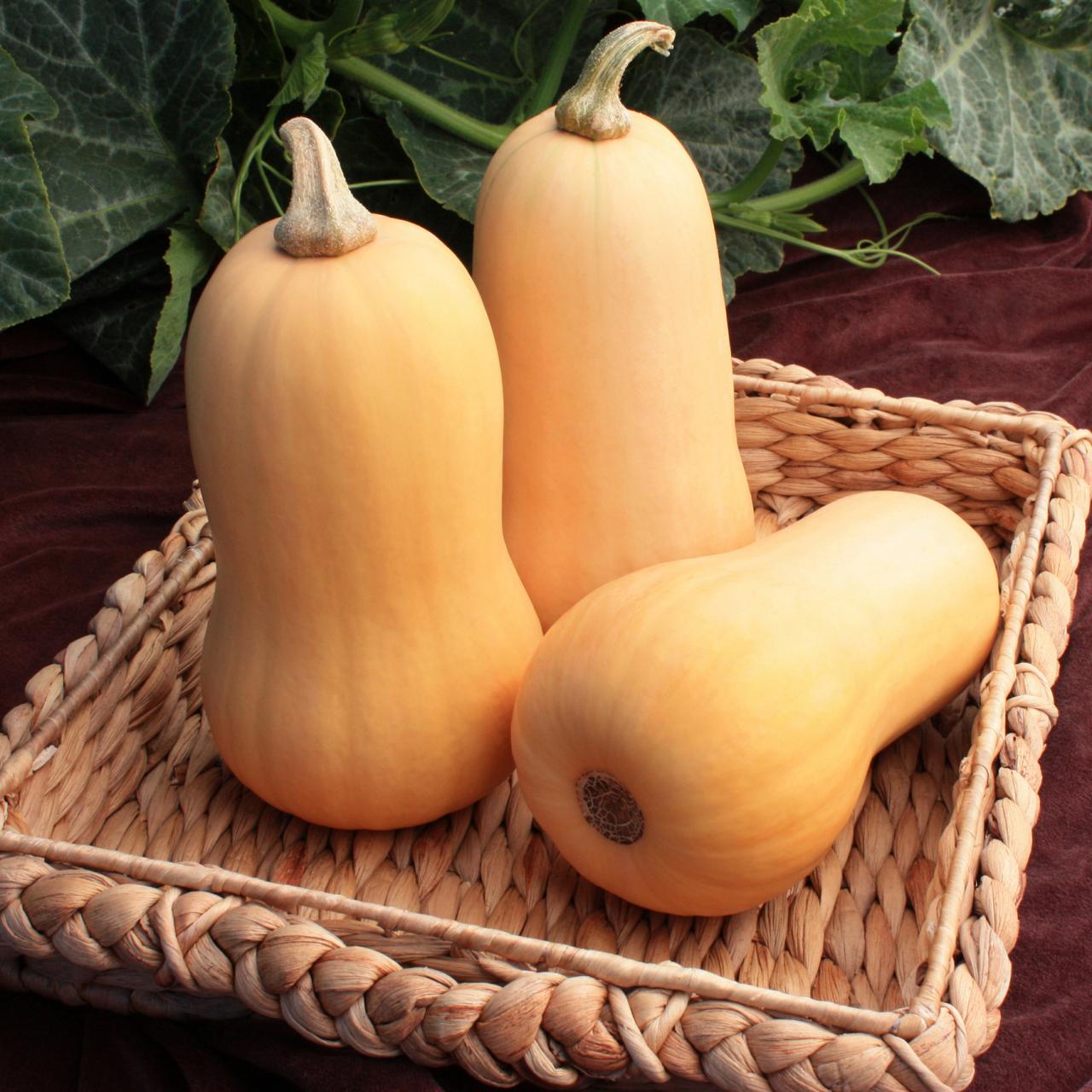

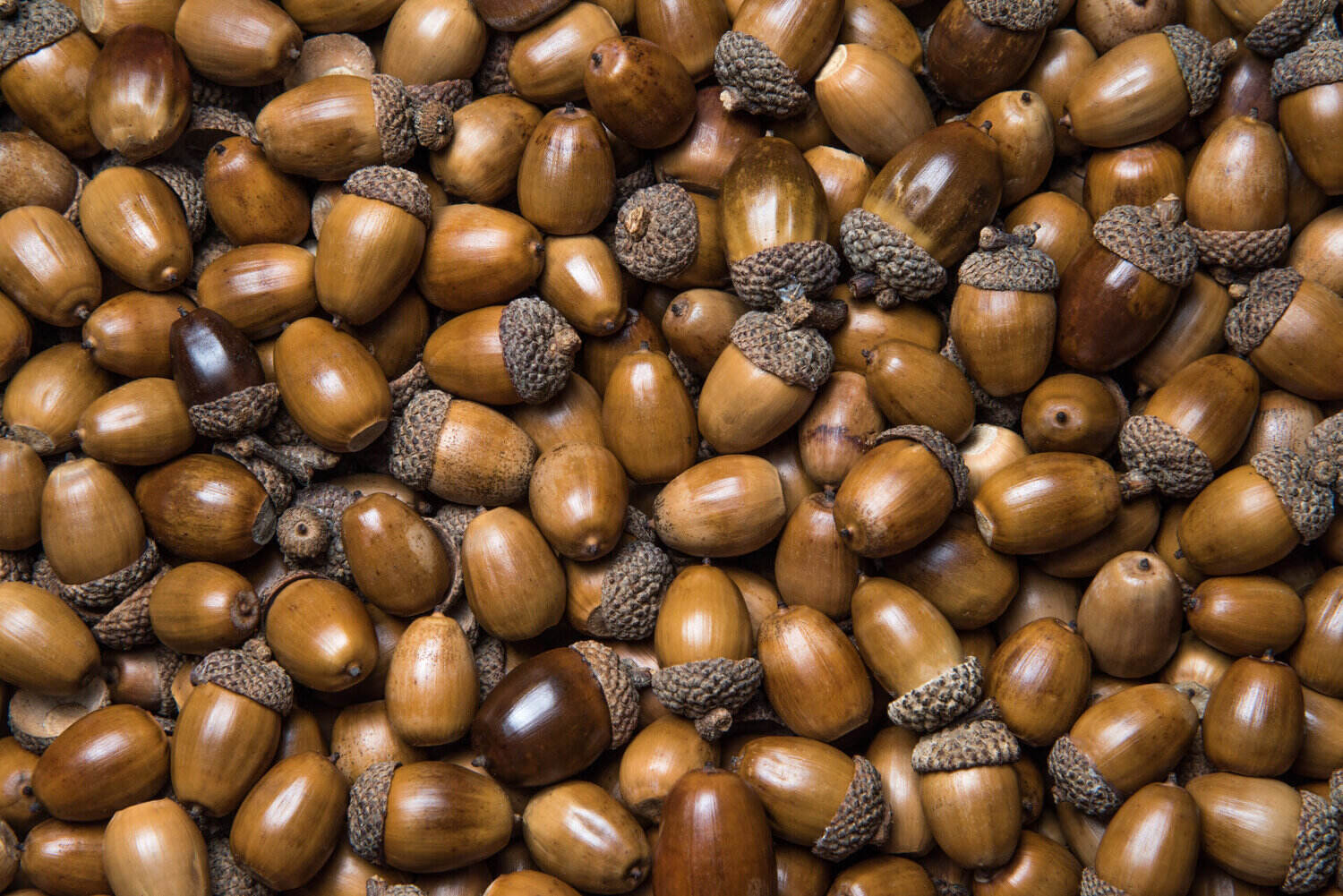


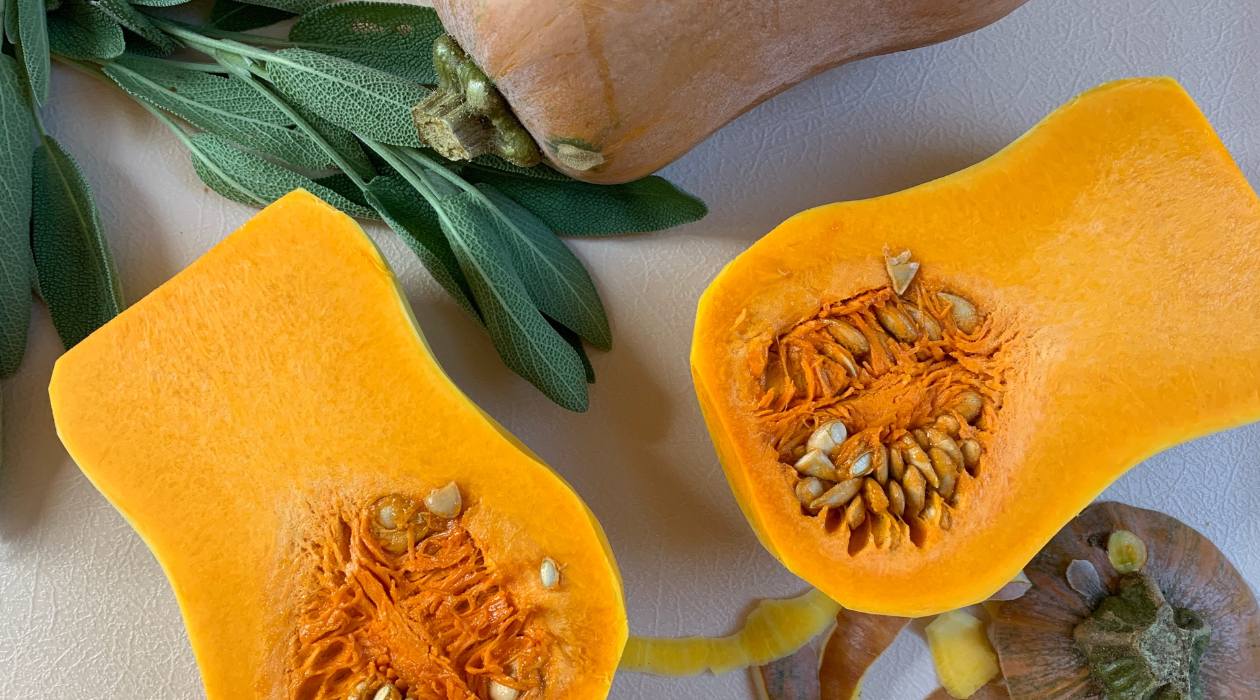
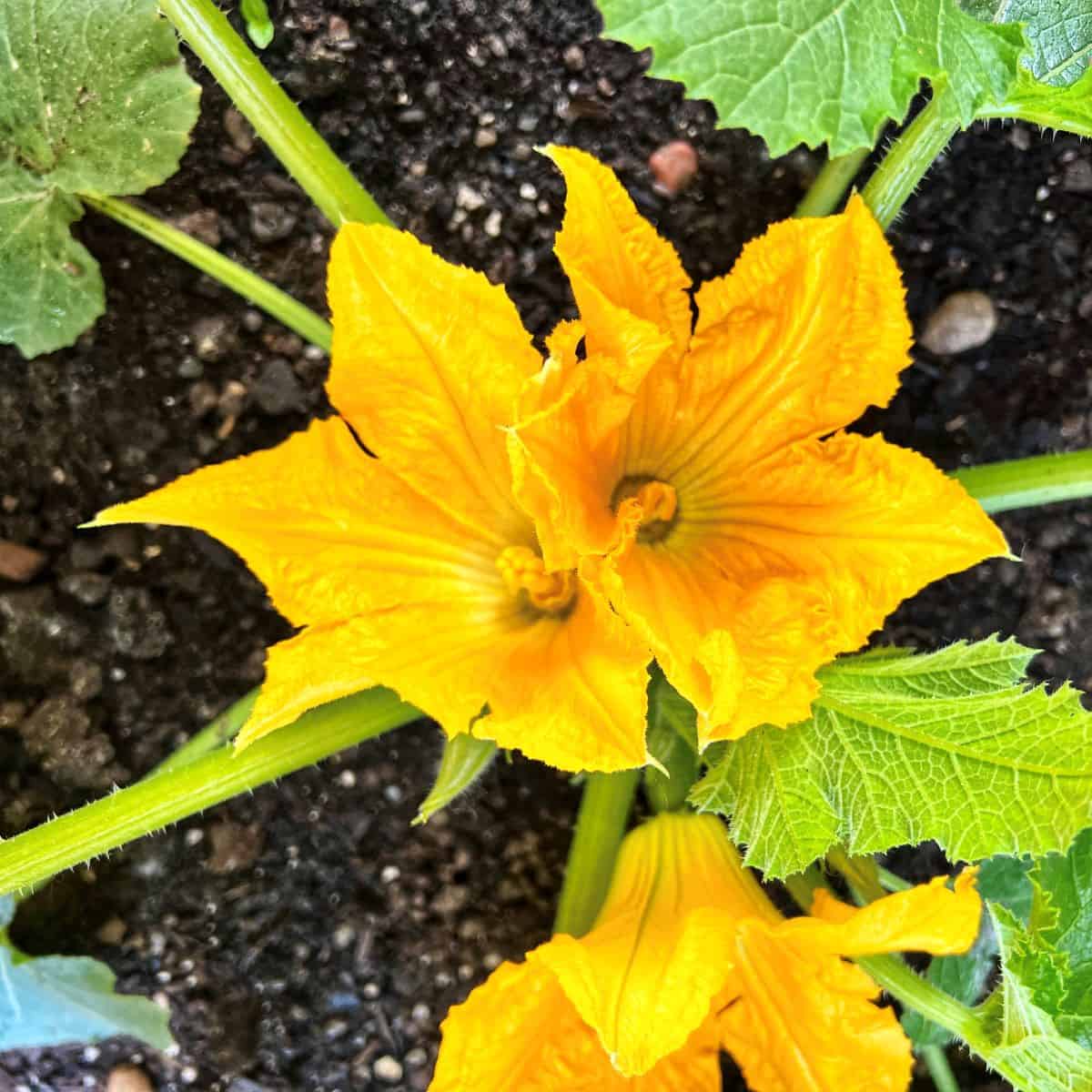
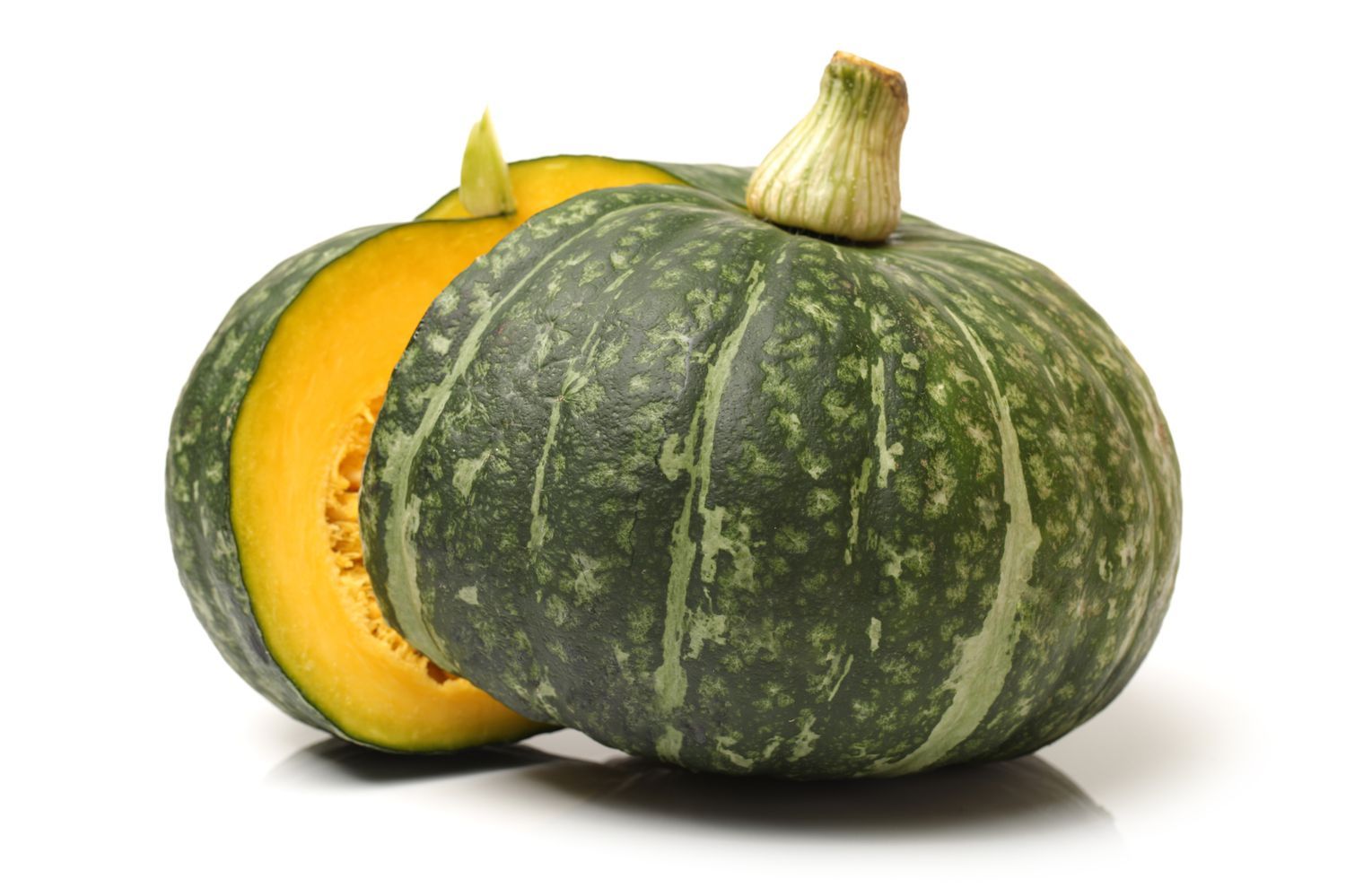
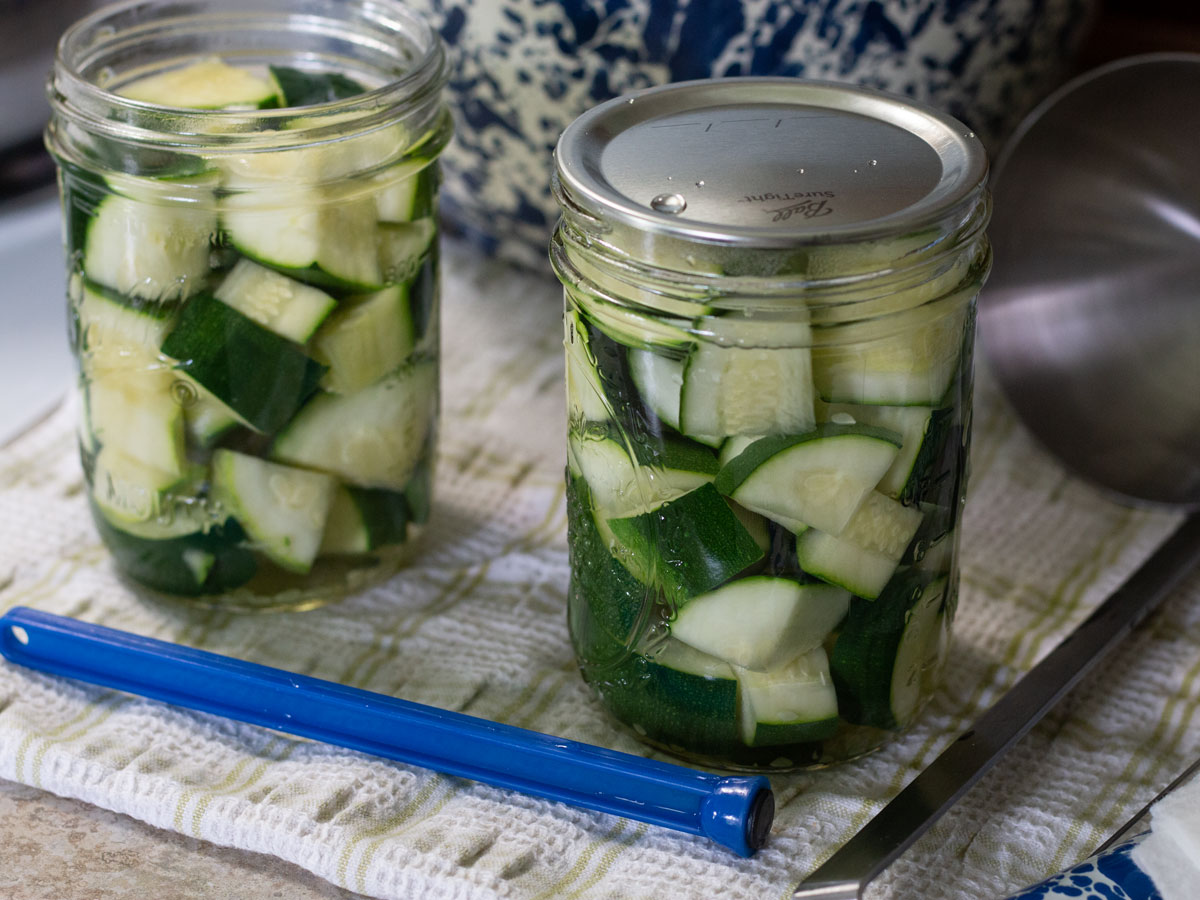
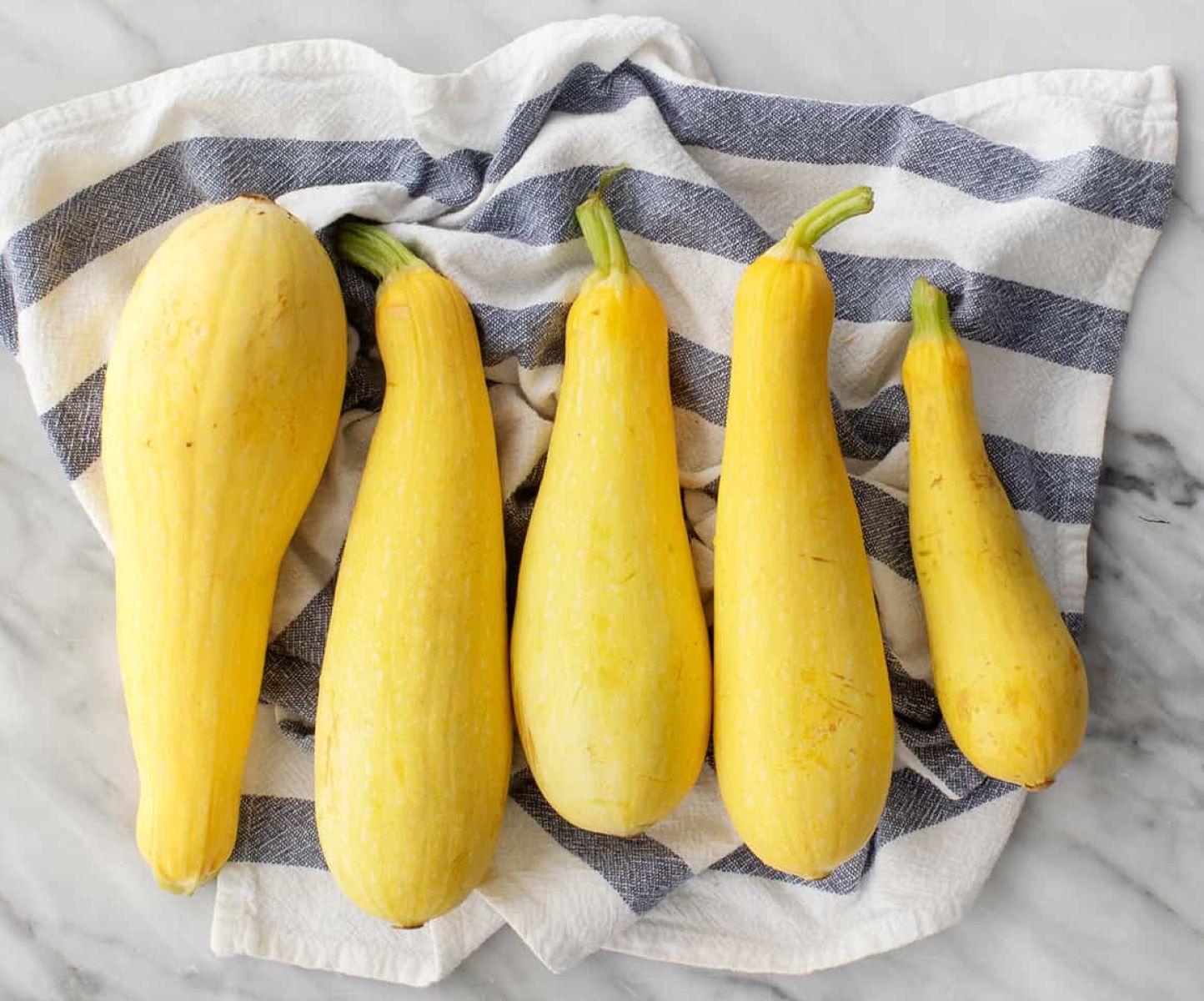
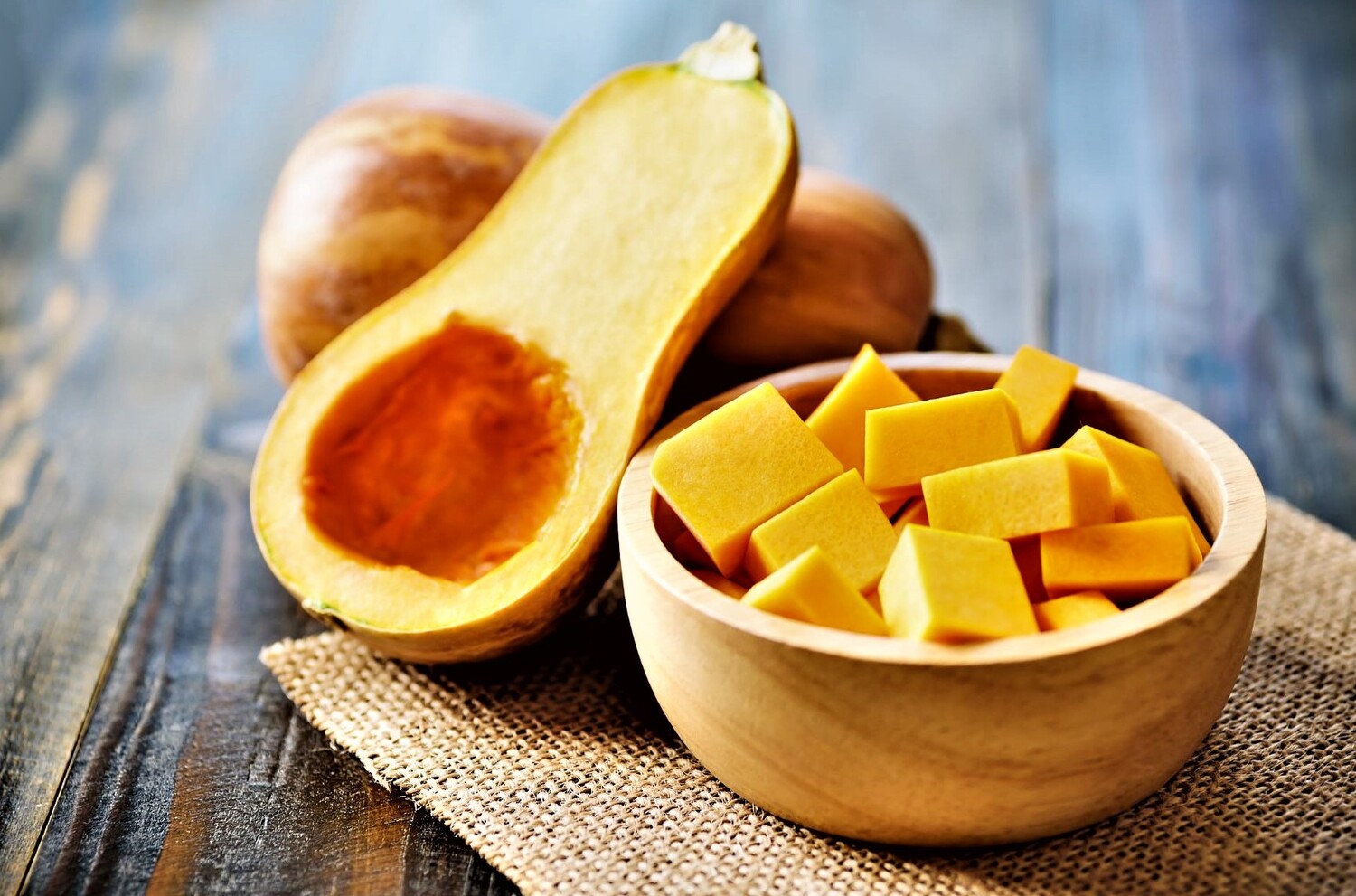
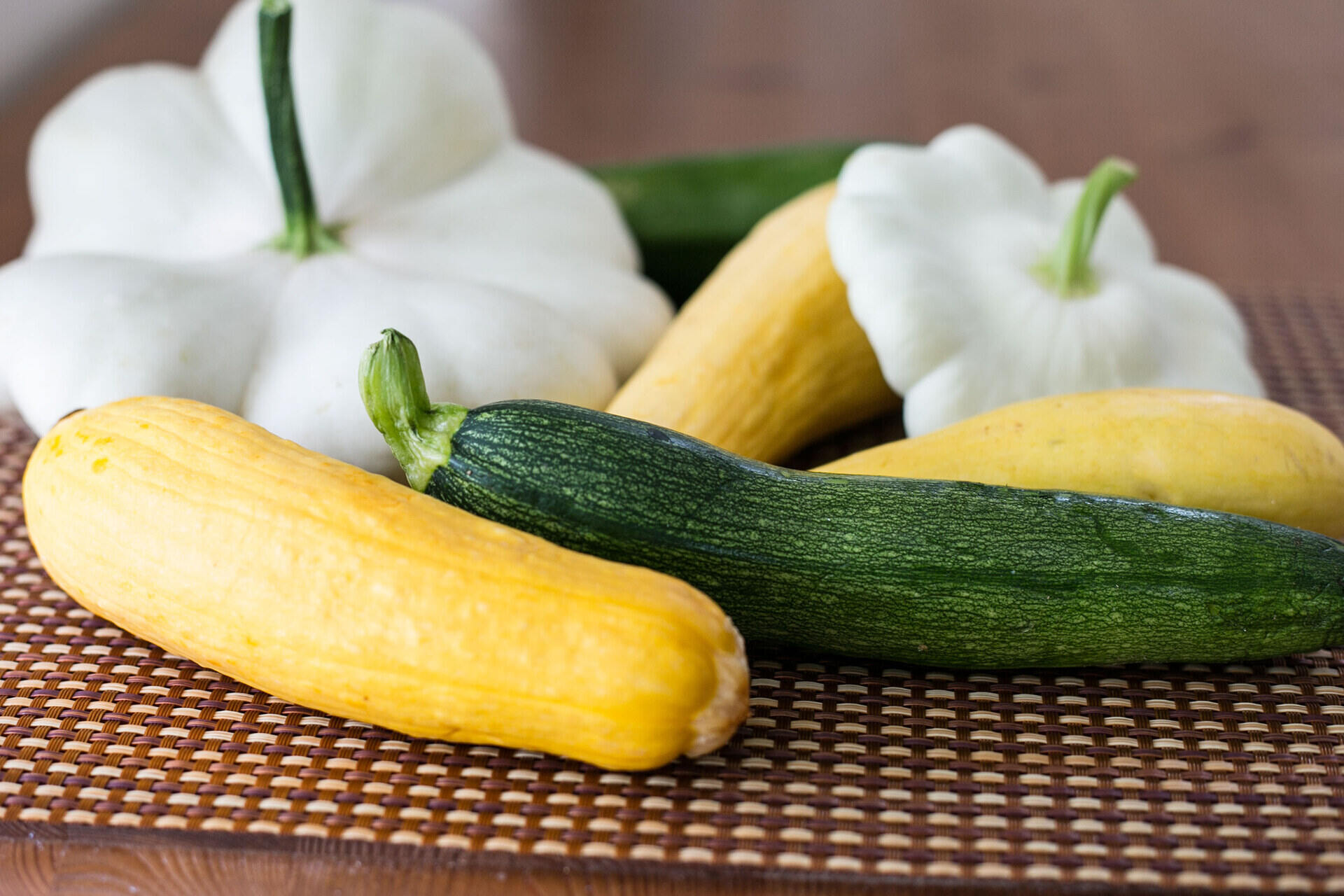
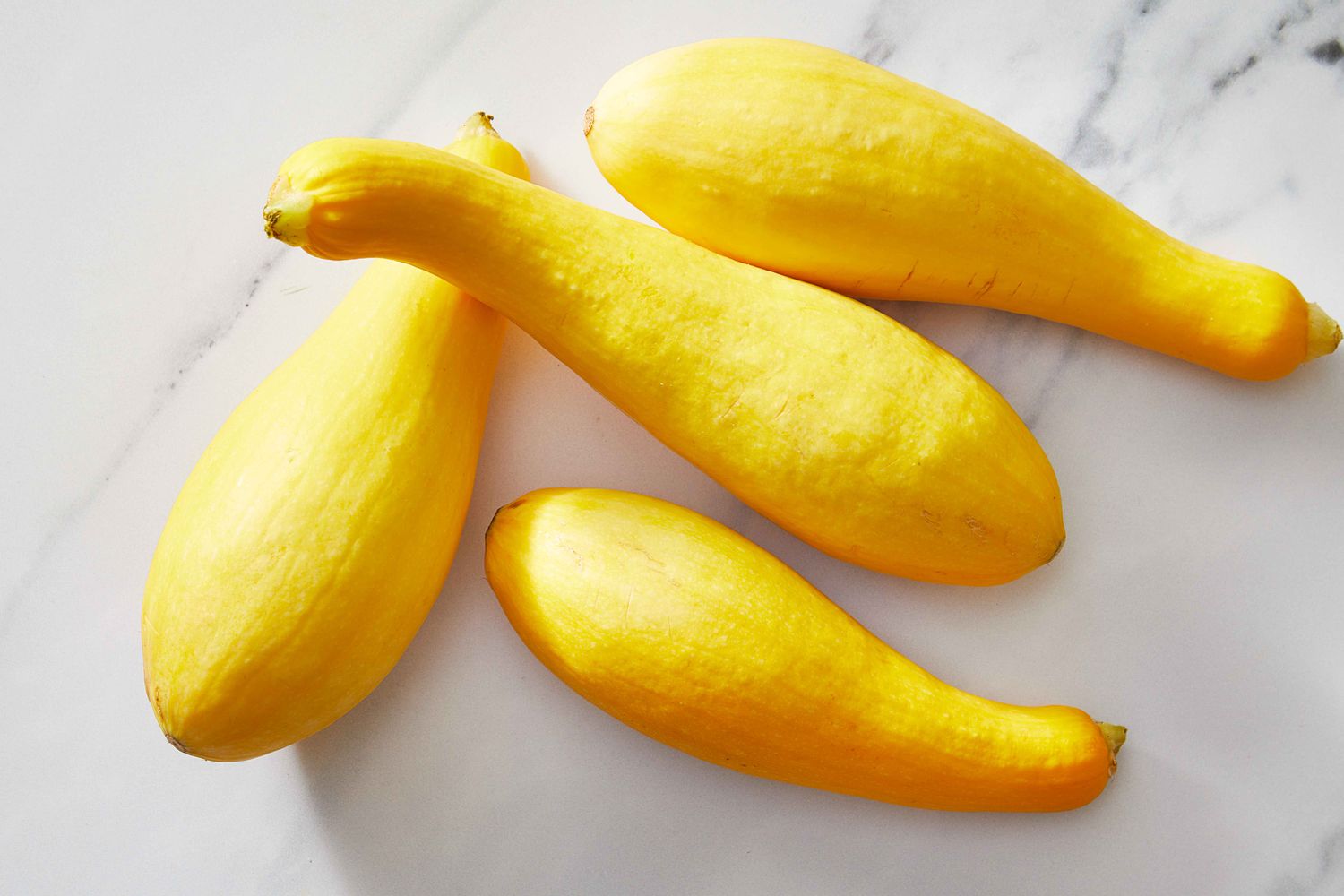
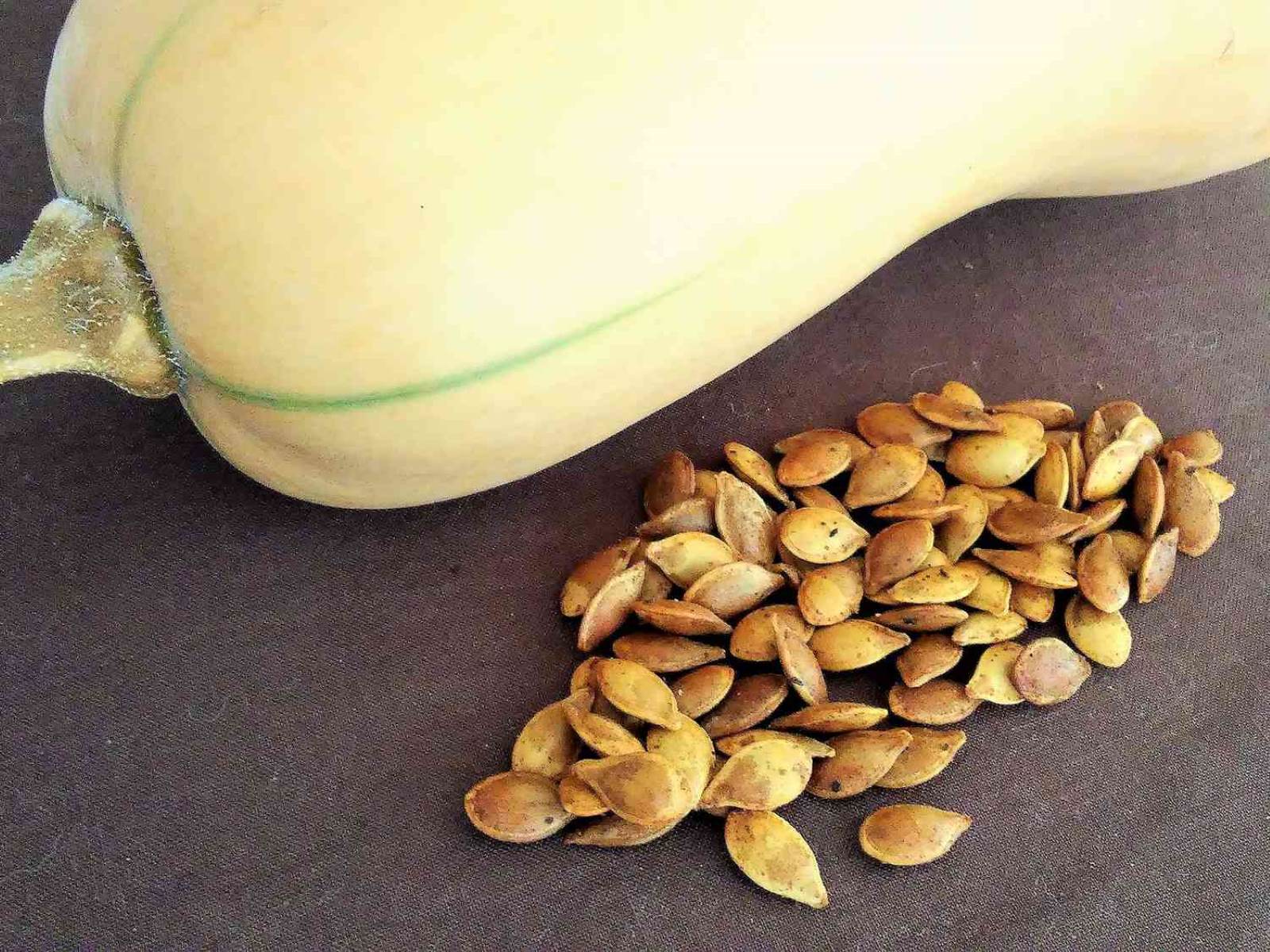

0 thoughts on “How To Store Acorn Squash For The Winter”